C&T Precious Metals
We have long-standing relationships with casting companies that are leaders in their industry with a commitment to providing a quality product that matches our own. These partnerships allow us to work closely not only with the caster, but also with alloy producers.
C&T Precious Metals
We have long-standing relationships with casting companies that are leaders in their industry with a commitment to providing a quality product that matches our own. These partnerships allow us to work closely not only with the caster, but also with alloy producers.
We chose our materials based on the quality and longevity of the final product, not solely by which is the easiest to use. Our experience and training give us the skills necessary to successfully work with these materials.
Different color golds are created by adding other metals to fine gold. These recipes change the color and also directly affect the hardness and the workability.
Platinum Ruthenium is 95% pure and has all but replaced Plat900 in luxury jewelry because of its superior resistance to wear.
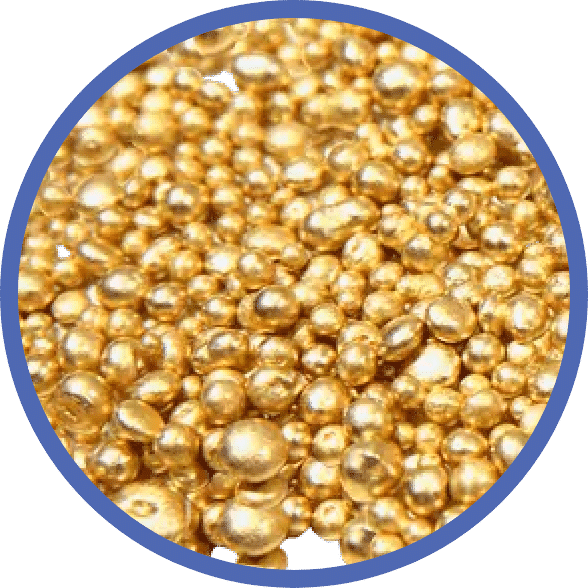
18K Royal Yellow
With its rich, buttery color, we feel Royal offers the best yellow tones.
Its high fine gold content makes it a softer metal to work with and a safe option for setting sensitive stones.
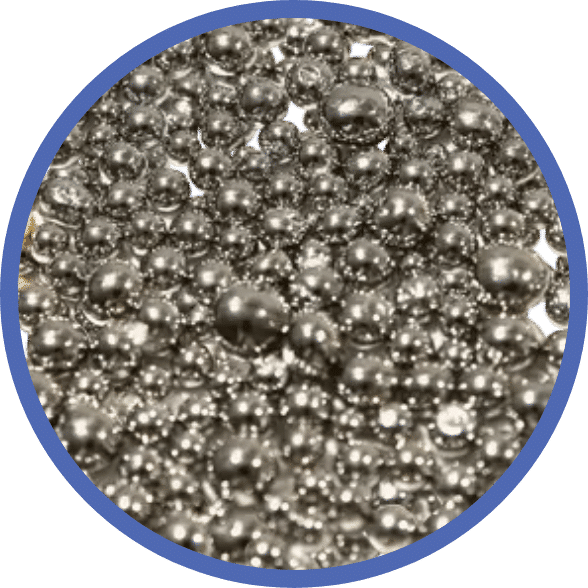
X1 White Gold
A specific alloy that is naturally whiter and brighter than the industry standard.
Level 1 Color Grading is the best rating available and does not require rhodium plating.
The high nickel content creates a harder gold that requires special consideration in casting, setting, and finishing.
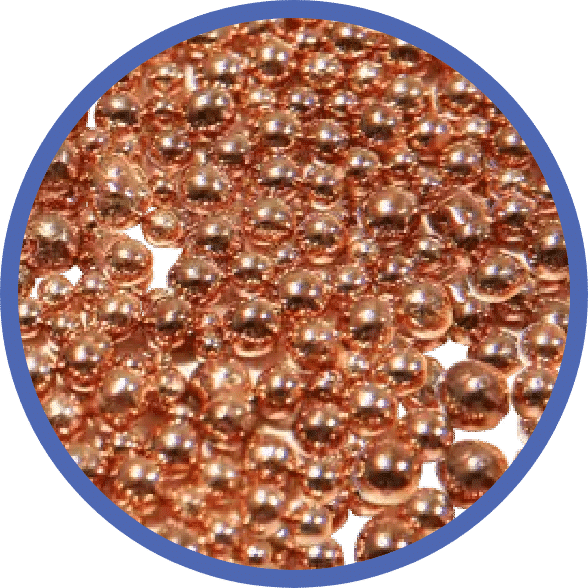
20K Rose Gold
This karat has only been cast per our request.
The higher fine gold content creates a better cast that is less brittle and more resistant to cracks and orange peeling.
The copper, silver, and zinc alloys give the metal its warm, pink tones.
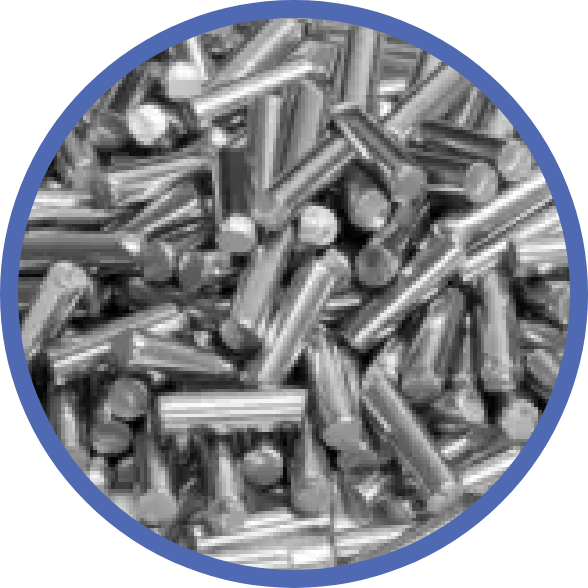
Plat950
Platinum Ruthenium has an exceptional track record for its strength, durability, and function.
Its characteristics make it the standard for setting delicate and large gemstones.
It is hypoallergenic and rarely tarnishes so it will maintain its silvery-white color.
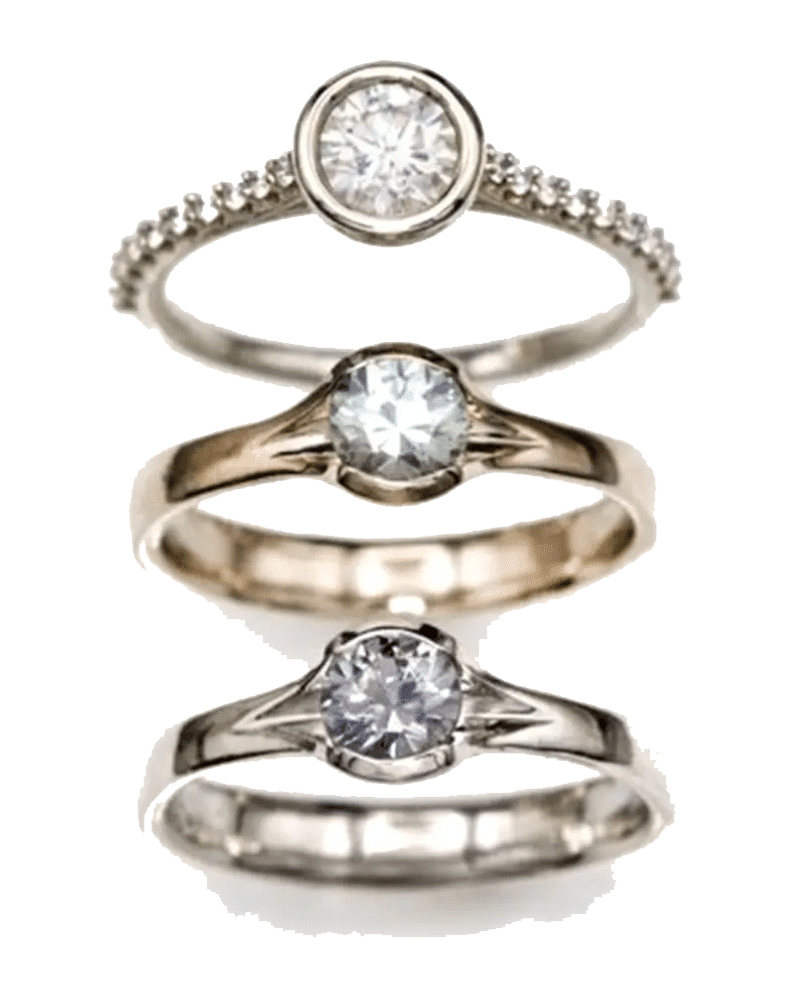
Yellowness Index
The YID was created in an attempt to standardize and categorize white metals. Gold with a higher rating than 32 is not considered white.
The lowest grade is 3 (24.5 – 32) and requires plating. Rhodium is optional for gold that is Grade 2 (19 – 24.4). X1 is less than 19 and is Grade 1.
Palladium can be added to gold to create a softer, more workable white gold. It is, however, naturally more yellow-brown in color.
While rhodium plating has long been a staple in the jewelry industry for making white gold and silver brighter, whiter, and shinier, it can be expensive, requires a fair amount of maintenance, and dulls the appearance of your jewelry when it wears.


Hot Isostatic Pressing
The casting process has a strong tendency to cause shrinkage and gas porosity when the metal solidifies. There are techniques the caster can use during setup, casting, and quenching that help to minimize this but the best solution is to also apply the HIP process.
It is an extremely high-pressure, thermal treatment available for platinum group metals only. Adding HIP nearly eliminates porosity and creates a finer, more uniform grain size and structure. Polishing, engraving, and setting all benefit from this process and delivers a denser, stronger product without changing its overall shape or size.
YID information courtesy of the White Gold Task Force and MJSA. HIP imaging and research courtesy of Techform. Coffin & Trout ©️️️ 2020
Hot Isostatic Pressing
The casting process has a strong tendency to cause shrinkage and gas porosity when the metal solidifies. There are techniques the caster can use during setup, casting, and quenching that help to minimize this but the best solution is to also apply the HIP process.
It is an extremely high-pressure, thermal treatment available for platinum group metals only. Adding HIP nearly eliminates porosity and creates a finer, more uniform grain size and structure. Polishing, engraving, and setting all benefit from this process and delivers a denser, stronger product without changing its overall shape or size.
YID information courtesy of the White Gold Task Force and MJSA. HIP imaging and research courtesy of Techform. Coffin & Trout ©️️️ 2020

